For most pieces I don’t prototype. It’s something that often isn’t necessary or which time has not been allocated for. So normally I isolate prototyping to areas that I consider to be particularly troublesome or unusual, and make a mock up of those bits alone so I can analyse.
I break this rule when I’m building a range of pieces. Either pieces that are intended to be repeated, or items which are built to sit alongside one another. At the moment I’m prototyping for both of these reasons, and a third one. The piece will be built for a customer and also for a Video Series, so the process of prototyping feels more essential. It’s an opportunity for both Helen and I to get a clear and fresh understanding of the processes and flow of the build, which helps out a lot when it comes to filming.
We’re actually working on several pieces at the minute, for a range that we want to be quick to build by hand, efficient on materials, and of course good to look at. These are all reasons that make prototyping a good idea, and if we succeed on the efficient part then it shouldn’t get too costly.
The design cycle is an exciting time. I find my mind racing faster than my hands can keep up with, which tends to be dangerous, and I’m not ashamed to employ a mix of methods to help with visualisation. This week it’s gone from doodles to stiff wire sticking out of waste wood, to bags of lime piled up to gauge height. I find a cordless drill and screws essential at this stage.
I’ve been working on the designs together with Helen, and I do enjoy the sharing of ideas and skills. (Even if that means having to take back certain unfortunate remarks.)


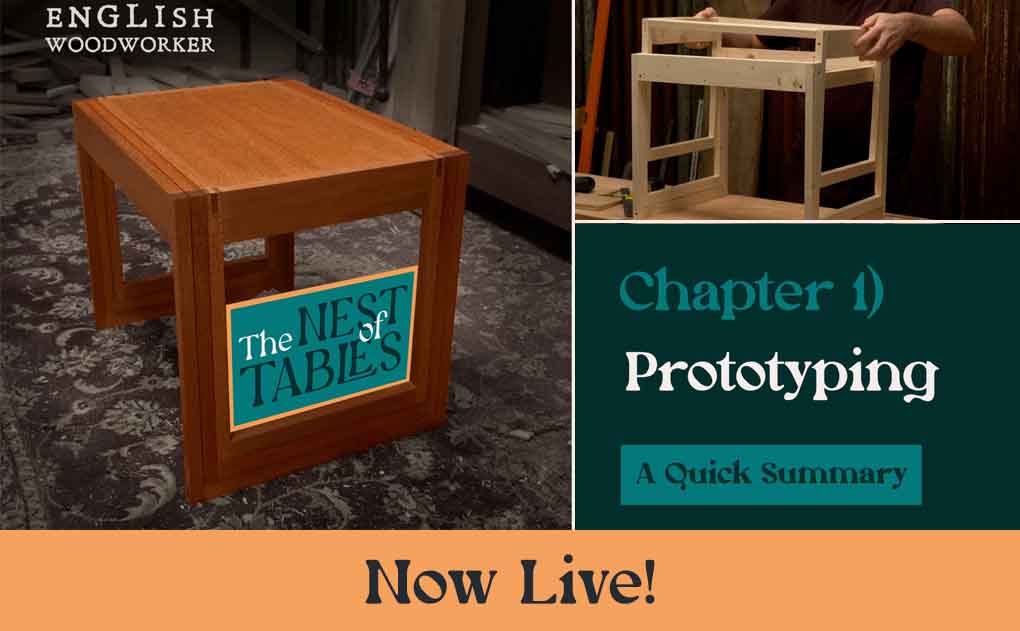
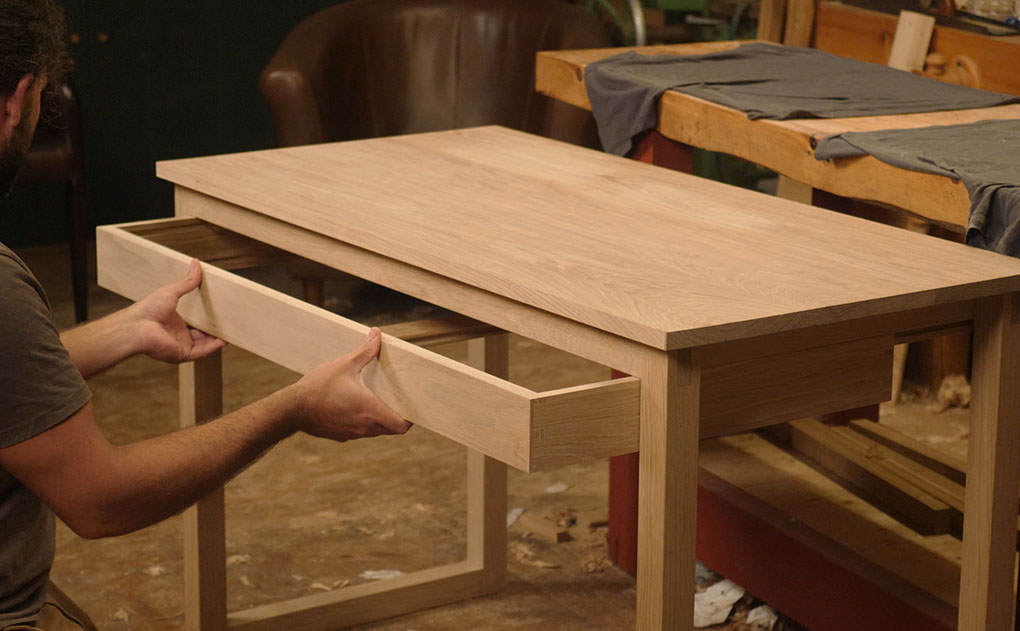
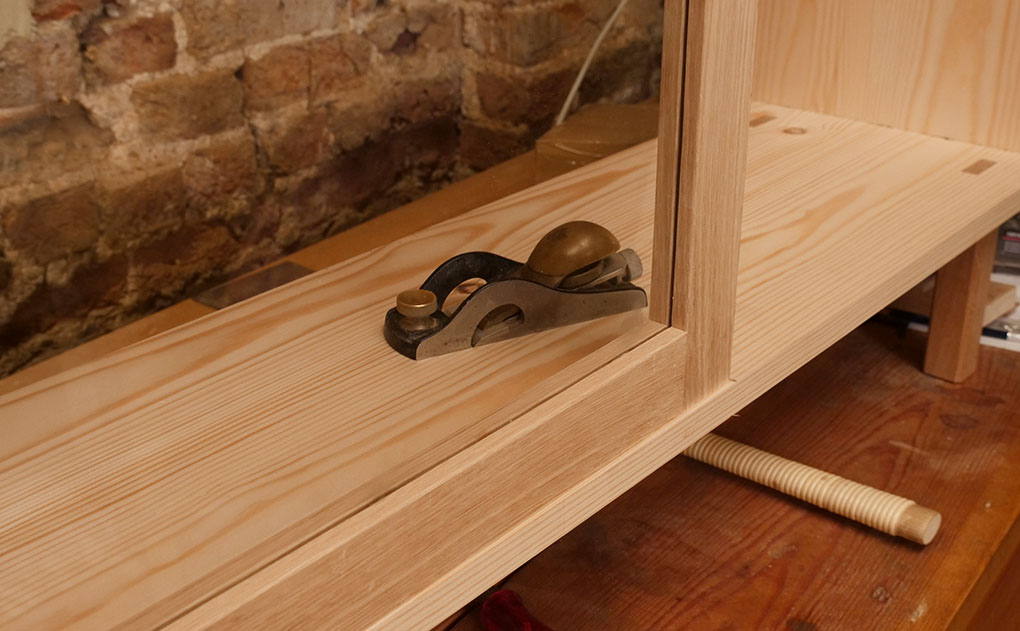
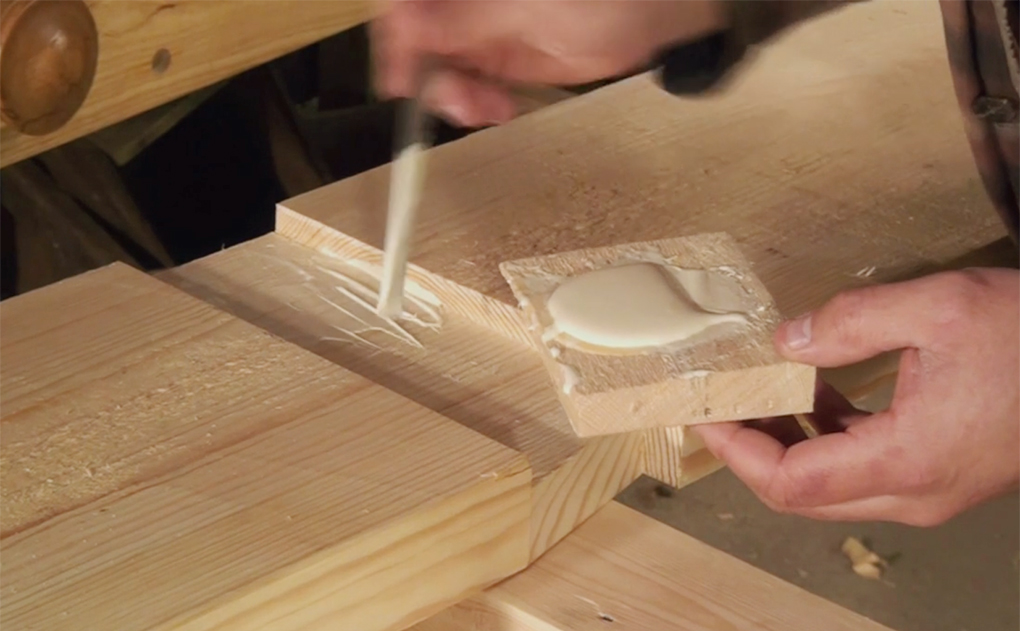
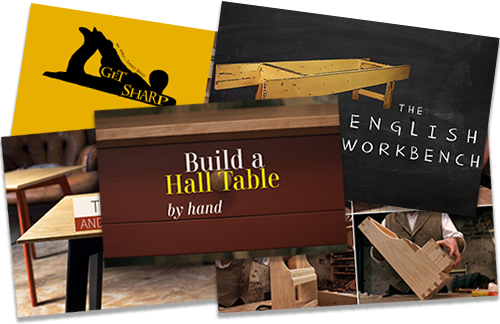
The trouble I have with prototyping is that the prototype ends up being the finished article.
I’ve mentioned it before, but I prototype new ideas. And I use poplar for the prototype wood.
I generally don’t prototype as I usually build one-offs. I prefer to work out my designs using CAD, then build from the resultant drawings. I agree with Joe, on the rare occasion that I do build a prototype, it usually ends up being the finished article.
I will prototype when necessary. Like when working out joinery details or if i need to see it 3d or rather the client needs to see it that way or a part of it. What I have found a great help is to do a scaled plan and work out most of the kinks on paper. I have found my building has gotten faster, more accurate and better with plans. With plans I find most of the time I do not need a mock up. Do you work from scaled plans?
HaHa on the fly, with a rough drawing, on some scrap paper, about sums it up for me.
Hi Richard, I find double sided sticky tape and hot glue guns are useful for mocking something up. Barry
Prototyping for me tends to revolve around the cost of the project. If the final build will be in something expensive ( cherry etc ) and is large, then I am likely to build a mostly complete prototype out of pine.
Mostly complete means that I might only build one door for a closing cabinet or one drawer for a chest. It does need to be complete enough to verify dimensions, proportions etc.
Oh. No I don’t need to prototype I can suffice with project made superbly in my head,
Trouble is, it doesn’t get any further than that and why should it?? It looks superb
Absolutely; one for the ‘Halls of Procrastination’ I think John !
Hear, hear!!!
Excited to hear if the pieces come out as you want them.
Ah, yes, the racing mind. I was born with the ability of mental four-dimensional visualisation, so I don’t make many physical prototypes or detailed drawings (indeed only for unusual bits). This “gift” (curse?) however, tends to be most active, and unstoppable, in the middle of the night. Sometimes a little mock-up would be easier.
LOL, I misread, “working on several pieces a minute”, and instantly wondered what your automated production line would look like.
My favorite thing is designing. I use CAD sometimes, mainly to verify some dimensions.
Most of the time I work off avery rough sketch. I never completely build anything per what ever I have drawn, I changes things as I go. Prototypes are usually just a part of the design that I am not sure about. E.G. some legs that I made, I cut them out of pine first to see if I had the sequence of cutting correct. I also make some full size sketches on cardboard to see the over all appearance if okay.
Like most others I generally make things in wood or metal by using a quick sketch on paper, then design and build as I go. Which usually means parts of it being built at least 3 times. I have made prototypes out of 4 x 2 pine, like for a wooden toy so I could see the basic size and shape. The kids were happy with just that. I also made a paper mock up of the locking system for my table saw carriage so I could find the pivot point. From that I found a sliding lock worked better anyway. At the moment I’m making an exercise aid that needs to be assembled / disassembled quickly & easily but sturdy in use. I may make a prototype to test the joint that locks the parts together. I have used SketchUp on the computer to design things, but are not familiar enough with it to do that quickly. Put me in the”Yay” camp for prototypes ……sometimes.
An expert sheet metal worker / “panel beater” and magician with an English wheel I knew preferred to make three of an item. The first to determine out how to make it, the second to figure out how to speed up and refine the process, and the third where everything came together. More than three he considered repetitive.
Scratches on a piece of paper and a picture in my head. Design altered on the fly to adjust to conditions as they arise. I don’t believe prototyping was a big part of traditional hand tool work. Prototyping is a machine, mass production necessity. It’s inefficient to prototype when you are making one off project.
I disagree Prototyping or mocks ups are associated with hand tool woodworking Edward Barnsley made small scale mock up as well as full scale drawings, Alan Peters often did to. Most of these are one offs. I would not just say it is for a mass machine production as I know many others that do it too.
Barnsley and Peters were both 20th century craftsmen and were influenced by industrial process planning in their approach to design. The industrial revolution resulted in an entirely new approach to design that brought the necessity for a prototype into clear focus. The need for tooling established the need to prototyping, since you can’t set up a process with a clear concept of the materials needed, products to produce, and steps in production.They employed prototypes as part of the design process. Prior to the 20th century models and prototypes are very hard to come by or identify. The very few, best known examples seem to architectural (e.g. staircases). Prototyping becomes particularly important in patents, and many of the best examples are linked to patent applications.
Prior to 1800 there are very few examples of even sketches for furniture. The ones that are known are more or less doodles.
When I built my first set of dining chairs, 50 years ago, I made a prototype in pine. This was because some of the techniques I would be using were new to me. The test chair was eventually give a coat of ‘Darkaline’ varnish, (Can we still get this?) and used as an occasional spare on big occasions. . The chair was in use until quite recently, when the whole set finally needed replacing, and had to go. I no longer make prototypes at all, because these days I know everything, and never make mistakes! Ho! Ho! Ho!…
I dislike prototyping and making jigs because they take away from time spent actually working on the project itself. I dislike detailed drawings for the same reason. I tend to start a project with basic measurements and maybe a crude sketch. The rest is in my head. That said, some of my projects wind up becoming prototypes because they don’t match the vision in my mind, have a structural deficiency, etc. I wound up building two prototypes when I was building some stick chairs. When a piece does look right and I plan on building some more of the same piece, I will take time and do fairly detailed measurements, so duplication is easy.
I sometimes perform prototyping for items I would just like to use for my garden or poolside. It feels good because it tickles my creativity. Though, sometimes I’m not quite a fan of my prototyping. LOL!
I’ve never prototyped an entire piece but that’s usually due to time and money. I’ll figure out some bits with scrap pieces of timber. On larger projects I’ll do a scale drawing usually in Adobe illustrator because I’m a graphic designer. My current project however is building a low bunk bed for my two children. To figure out all the bits I worked in sketchup which was really effective and a great way to talk through options with my wife. As I’m building I have encounted problems along the way but I just adapt the design as I go to get it to work. The end result will be a boat bed made from pine and using hand tools for all of it. It’s great fun, I’m sure if I made a second one it would be better due to all the learning from the first time round but then I only need one boat bed!
The only time that I have prototyped anything is when I have had some oddball joint. I’m pretty much on the same page as DenverGeorge, no CAD just rough sketches and away I go.
Like all of you I almost never prototype but I recently made some ‘Legless Dining chairs’ so I did a rough mockup to check a few things. The results can be seen on my web site, if anyone’s interested.